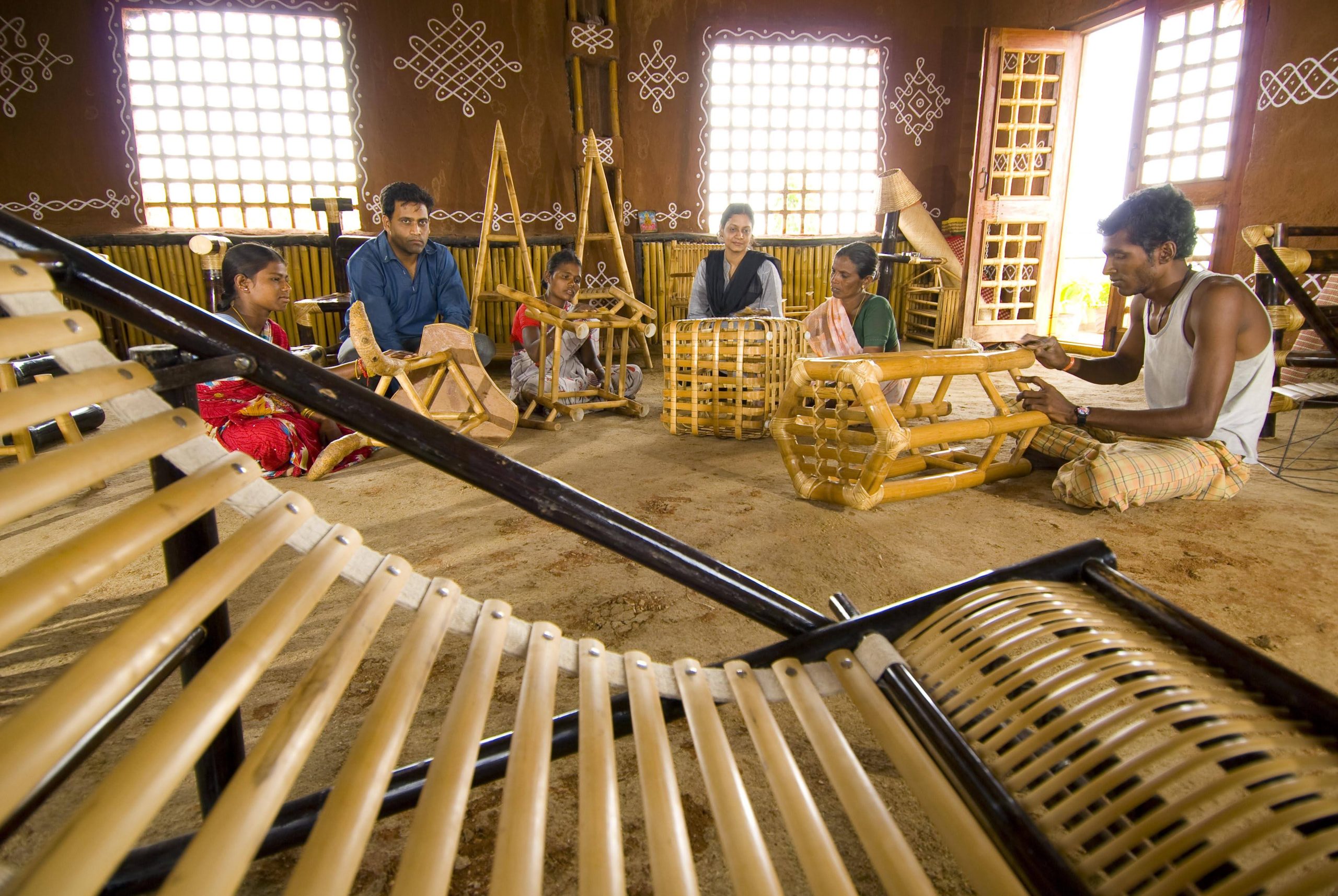(November 12, 2024) In 2024, Anya Chalotra earned a prestigious spot on the Forbes 30 Under 30 list for European entertainers, a nod to her breakthrough performances and rising stardom. The British-Indian actor, best known for her role as Yennefer of Vengerberg in Netflix’s fantasy TV series The Witcher, has mesmerised audiences worldwide with her talent and distinct cultural heritage.
Raised by a British mother and an Indian father, Anya Chalotra grew up in a home that celebrated both cultures. Her upbringing was a rich amalgam of traditions; on one hand, she enjoyed British literature and theatre, which fuelled her fascination with storytelling, while on the other, she was immersed in the world of Bollywood through her father’s influence. From a young age, she found herself enchanted by Bollywood’s emotional depth and grandeur, often humming tunes from films like Kal Ho Naa Ho and Kabhi Khushi Kabhie Gham. This early exposure to Indian cinema kindled her love for acting, shaping her desire to perform on screen. As her career gained momentum in Britain, her unique blend of influences—both British and Indian—set her apart, paving the way for her breakout role in The Witcher and ultimately earning her a spot on Forbes’ 30 Under 30 list.
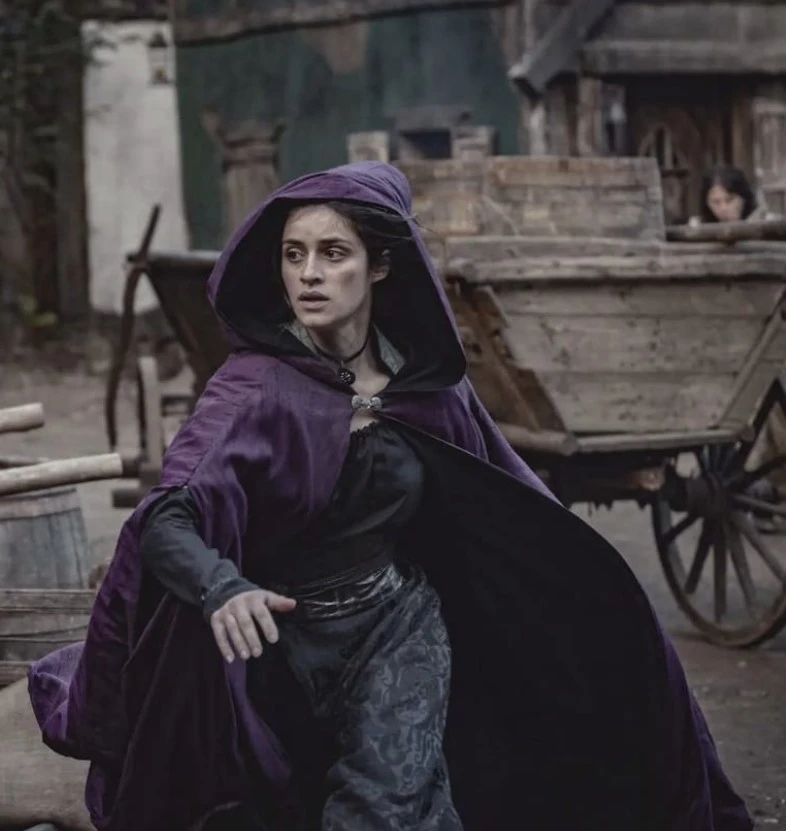
Anya Chalotra in Netflix series, ‘The Witchers’
Anya’s maiden India visit
In 2019, Anya visited India for the first time, embarking on a heartfelt trip with her father, a native of Pathankot in Punjab. Describing the visit as “special,” she fondly recalled her instant connection with relatives she had only ever known from afar. “It completely got me,” she shared, reflecting on how Indian culture had always felt close yet distant. “Even though we’d never met, we became so close so soon,” she said, noting the warmth and familiarity of her extended family. For her, it was an embodiment of India’s deeply rooted familial bonds, “where your cousins are actually like your siblings.”
While it took over two decades for her to visit her father’s homeland, Anya’s cultural ties had always been nurtured. Growing up, her father introduced her to Bollywood classics like Kal Ho Naa Ho, Main Hoon Na, and Kabhi Khushi Kabhie Gham, sparking her passion for acting. Her visit to India further inspired her to take up Hindi classes, deepening her connection to her roots. Shortly after that trip, her career reached new heights with the premiere of The Witcher, a performance that ultimately earned her recognition in Forbes’ influential list.
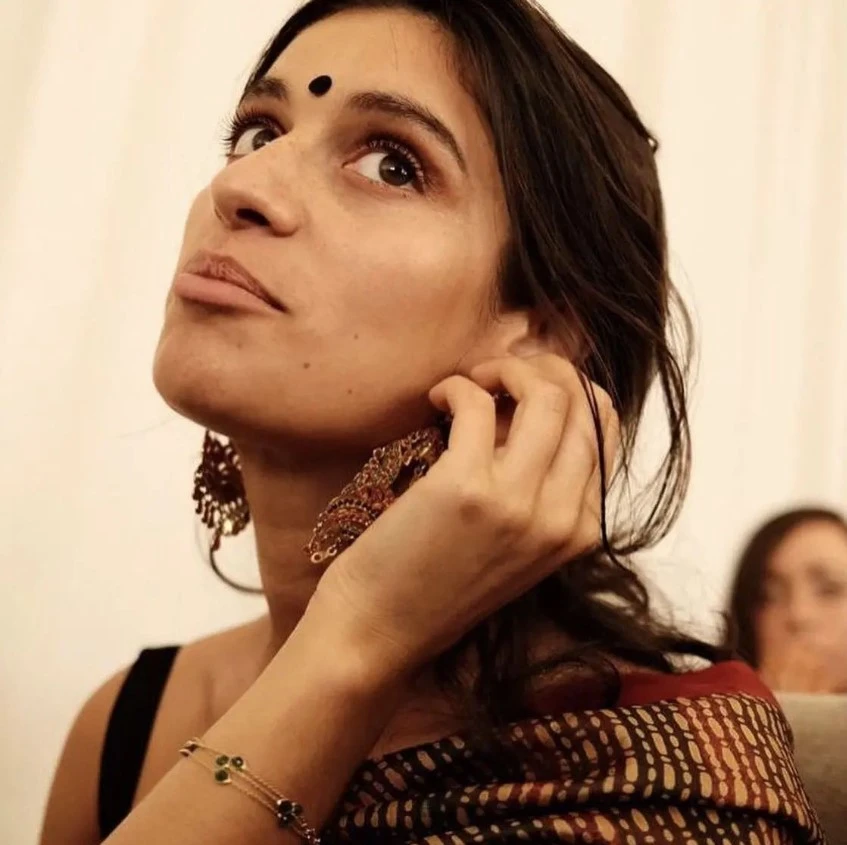
Growing up in Britain
Born in Wolverhampton, Anya grew up in Lower Penn village in South Staffordshire, UK, where she lived with her parents, and two siblings. She completed her schooling at the St. Dominic’s Grammar School for Girls in Brewood, and later trained at the London Academy of Music and Dramatic Art (LAMDA) and the Guildhall School of Music and Drama.
She discovered her natural flair for performing at an early age. Like every Indian parents, his father too nudged her to sing for her relatives during a family gathering. She was only eight at that time. “We were having a family get-together, and he told me to sing an Indian song. And I knew, right then, that I loved attention,” she recalled.
Punjabis in Britain
Over the years, Punjabis in Britain have not only maintained their cultural identity but also thrived, contributing significantly to the country’s social, economic, and political landscape. From family-owned businesses to leaders in politics, academia, and the arts, British Punjabis have made their mark, blending heritage with a new sense of belonging. Gurudwaras, community centres, and cultural festivals like Baisakhi have become prominent symbols of Punjabi culture, while the community’s values of hard work, and unity have helped successive generations thrive. Today, Punjabis in Britain are celebrated as an integral part of the UK’s multicultural landscape, bridging continents with a legacy of tradition, pride, and progress.
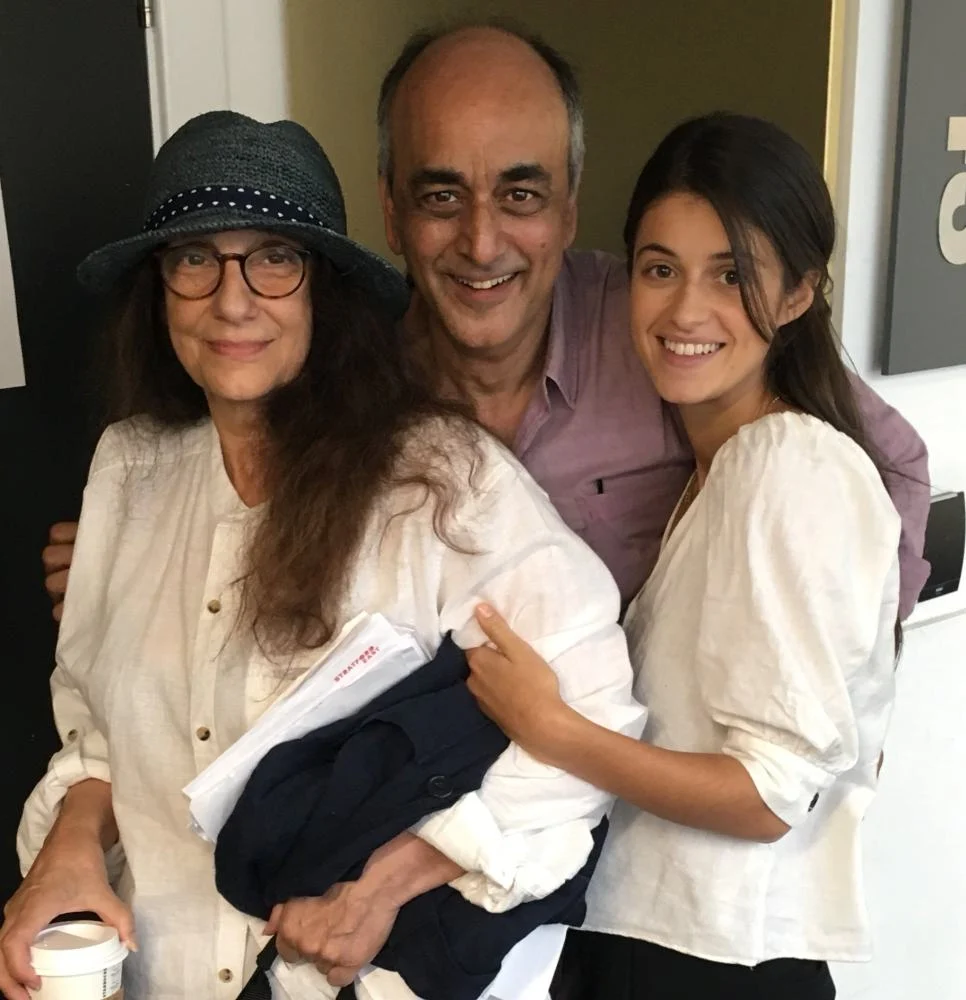
Anya with her parents
Shining in all three seasons of Netflix’s ‘The Witcher’
Yennefer of Vengerberg is a name that needs no introduction for fans of The Witcher. The saga began as a short story submitted to a Polish magazine in 1986, evolved into a multi-book series throughout the ’90s, was adapted into a video game in 2007, inspired various comic book iterations over the past decade, and finally became a TV series for Netflix in 2019.
Yennefer of Vengerberg is a complex, powerful sorceress in The Witcher universe, known for her fierce independence, intelligence, and magical prowess. Born with physical deformities and enduring a difficult childhood, she transforms into a formidable and enchanting figure, both beautiful and skilled in magic. Her character’s journey from hardship to strength, and her intense bond with Geralt of Rivia, makes Yennefer one of the most intriguing and beloved figures in the series.
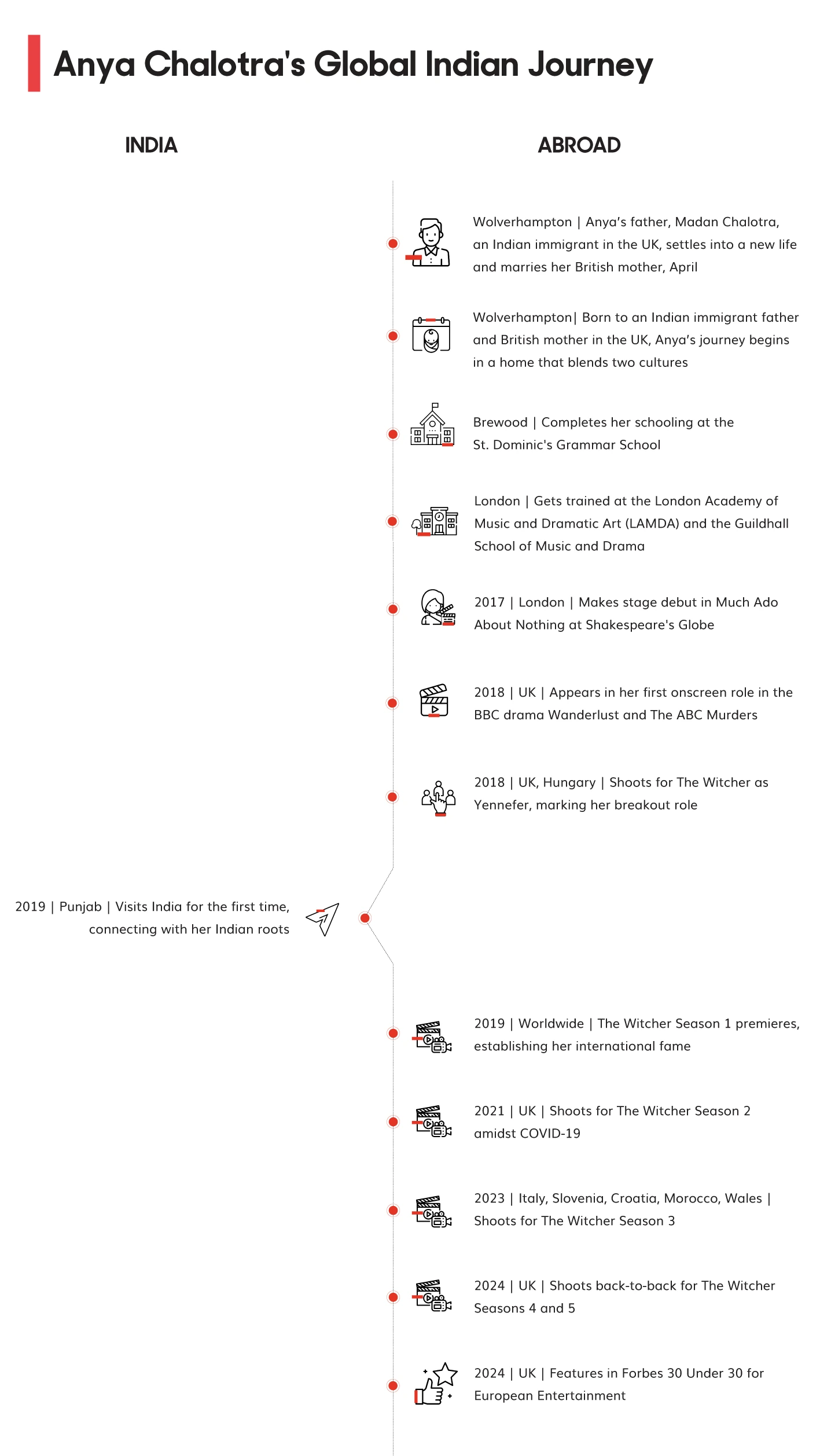
Anya Chalotara was a relative newcomer when she got the role on the grand scale fantasy drama and that too opposite ace actor Henry Cavill who played the role of Geralt. However, instead of struggling under the weight of the role’s legacy, the actor embraced the challenge putting her heart and soul into the character of ancient sorceress that she portrays.
In the series, she is the youngest member of the Council of Sorcerers and one of the most powerful mages, slaying monsters, saving lives, and transforming from a hunchbacked farm girl into a charming diva.
“Yennefer is almost 100 years old, so it falls to me to find the middle ground between being someone who has seen a lot of the world and someone who is figuring things out on the go simply because the world around her is constantly changing,” she remarked talking about her character.
Journey in acting
Before starting her career on screen, Anya had starred in several stage productions. In 2017 she was nominated for the stage debut award for best actress for her performance as Hero in a production of Much Ado About Nothing at Shakespeare’s Globe, London. Thereafter she performed in several stage productions.
Her first on screen role came in 2018 when she portrayed Jennifer Ashman in the BBC comedy-drama, Wanderlust. The same year, she appeared as Lily Marbury in BBC’s adaptation of Agatha Christie’s The ABC Murders, and then casting for other on-screen productions followed.

Anya during one of her shoots
Striding past challenges
Anya Chalotra had to audition thrice for the role in The Witcher. “Every time I auditioned, I became hungrier for the role,” said the actress who considers the opportunity to play the role an ‘absolute gift’. The Witcher novels were written with white characters. However, looking at her talent the makers selected her for the role of Yennefer despite her being an actor of colour and far younger than the fictional character.
Although it was a moment of elation for her, she faced ridicule by many fans of The Witcher novels. They thought the choice of Yennefer’s character was not a good one. Many fans labelled her as ‘incapable’ or ‘inexperienced’ for such a plum role. Anya had to shut her social media accounts to escape the negative words of people who were writing her off even without seeing her work.
“I wanted my journey to be very different. I wanted to allow the character to evolve organically, without any pressure, and I know that the only way to do that was to shut off my social media,” she explained. For all the eight months of filming of the first series she was not on Instagram and Twitter. She wanted to woo her fans by her good performance and hence just focused on her work, and stayed positive.
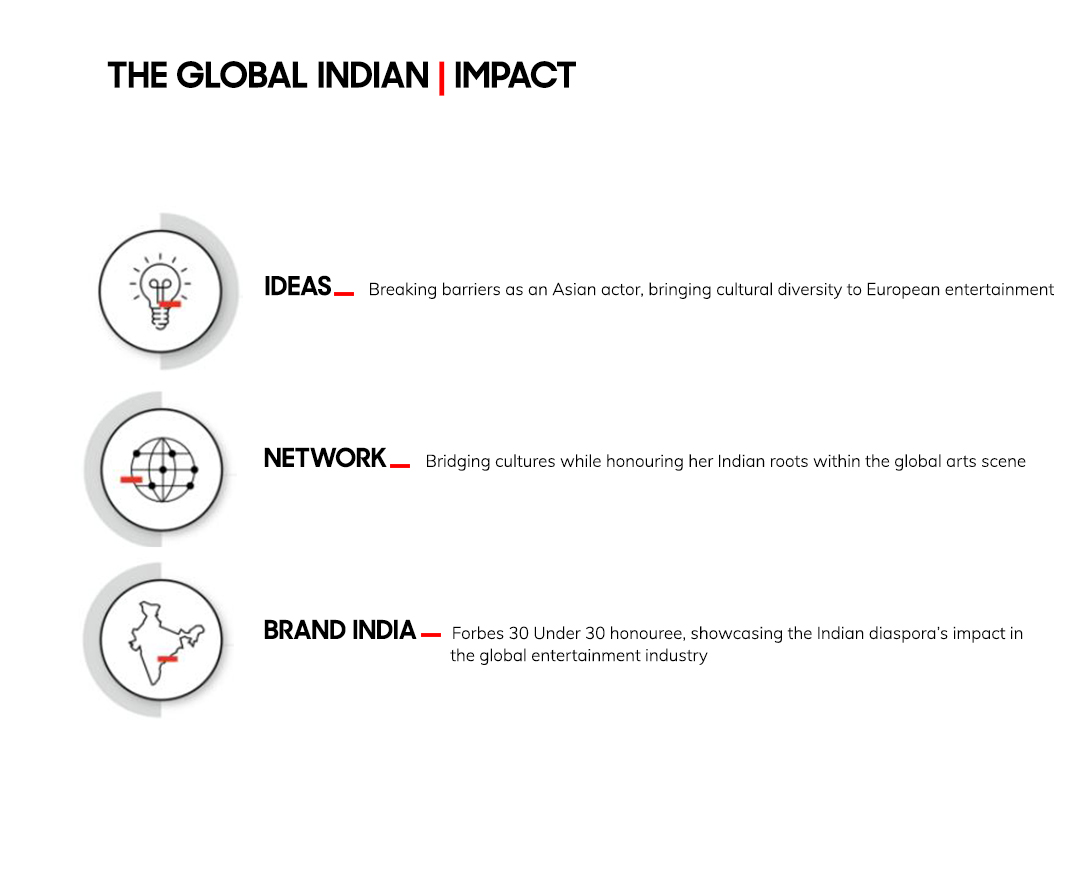
The hard work, focus, and dedication paid off when the first season aired. At the premiere of the first season, the Indian-origin actor proudly showcased her heritage by wearing a Manish Malhotra sari.
Today, Anya Chalotra and Yennefer are virtually inseparable in the minds of The Witcher fans, with Anya having filmed the first three seasons across the world. She is now busy shooting for Seasons 4 and 5, set for release later this year and in 2025. The actor’s success reflects the growing influence of the Indian diaspora in global entertainment, showcasing how diverse cultural backgrounds can enrich storytelling on the world stage.

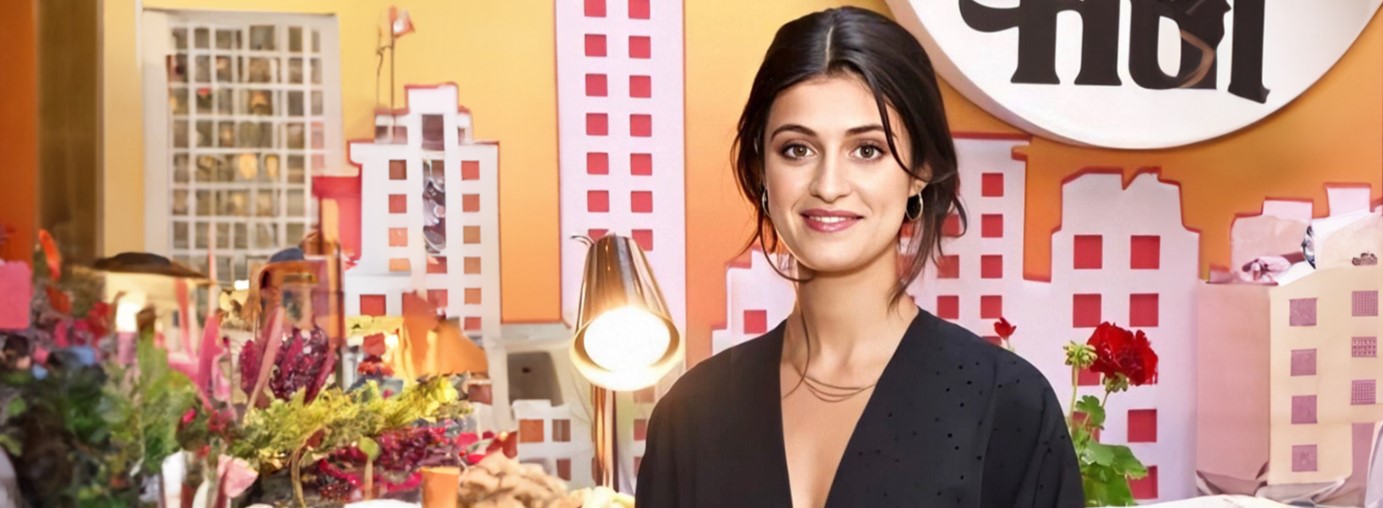

 Chef Aarthi Sampath cooking up a storm in the kitchen[/caption]
Chef Aarthi Sampath cooking up a storm in the kitchen[/caption]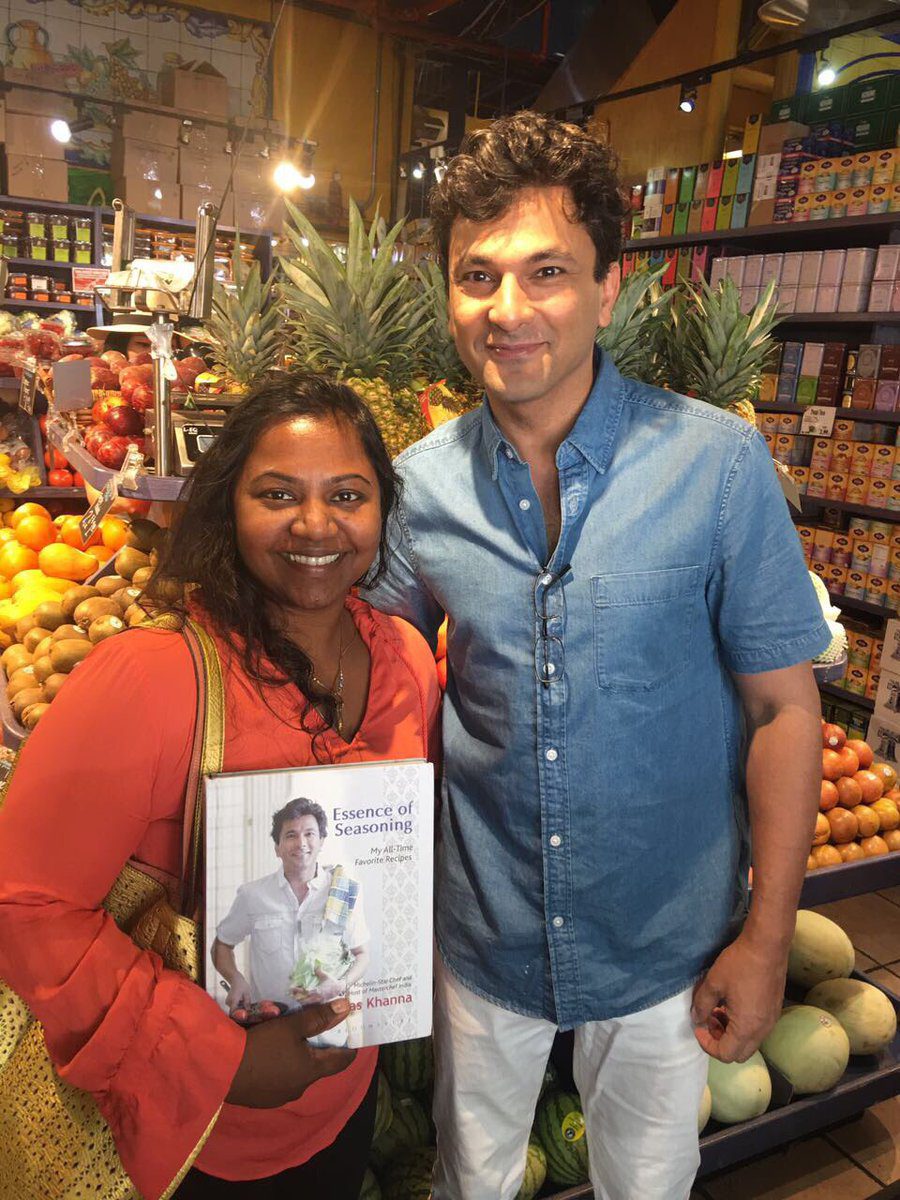 Chef Aarthi Sampath with Chef Vikas Khanna[/caption]
Chef Aarthi Sampath with Chef Vikas Khanna[/caption]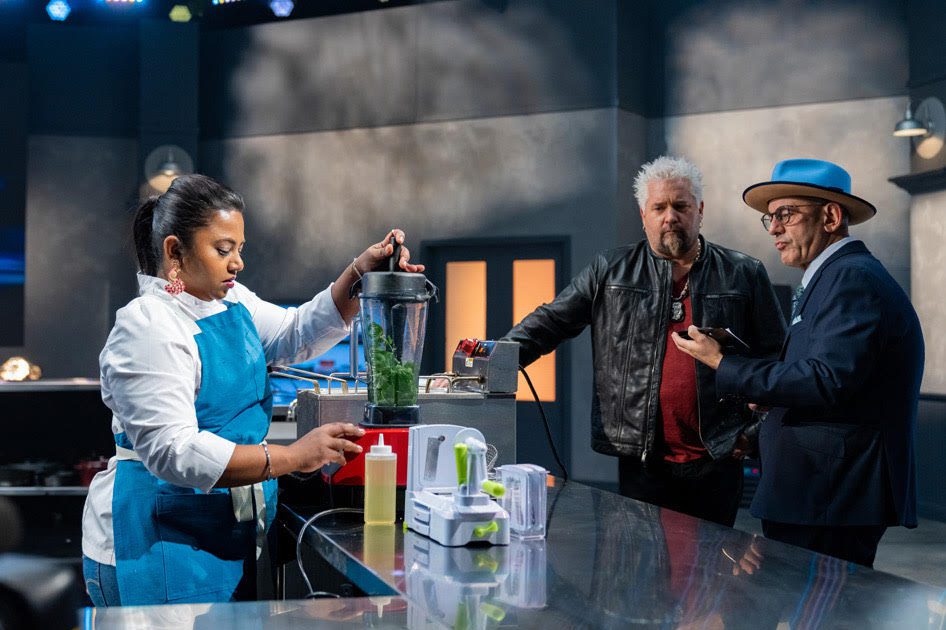 Chef Aarthi Sampath in Tournament of Champions[/caption]
Chef Aarthi Sampath in Tournament of Champions[/caption]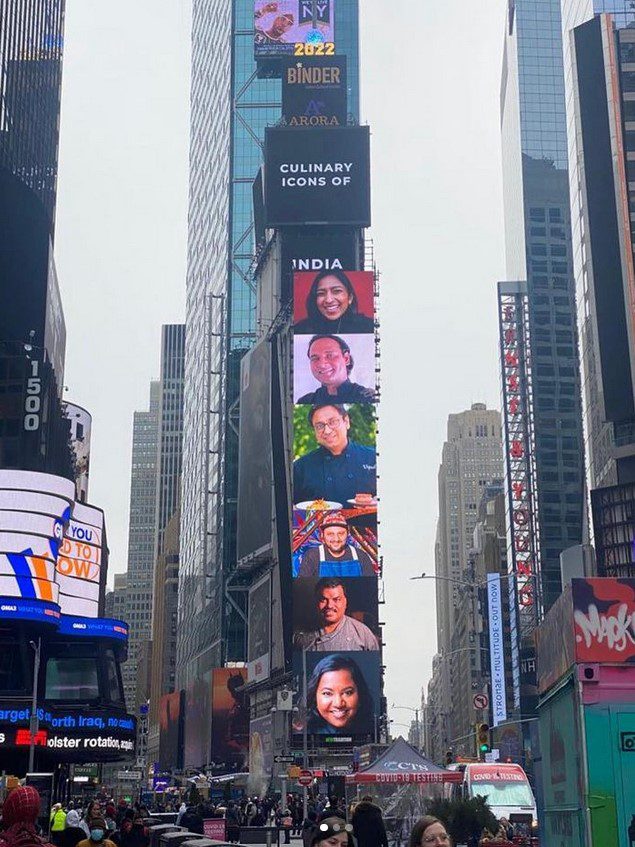 Chef Aarthi Sampath is the Culinary Icon of India in US.[/caption]
Chef Aarthi Sampath is the Culinary Icon of India in US.[/caption]
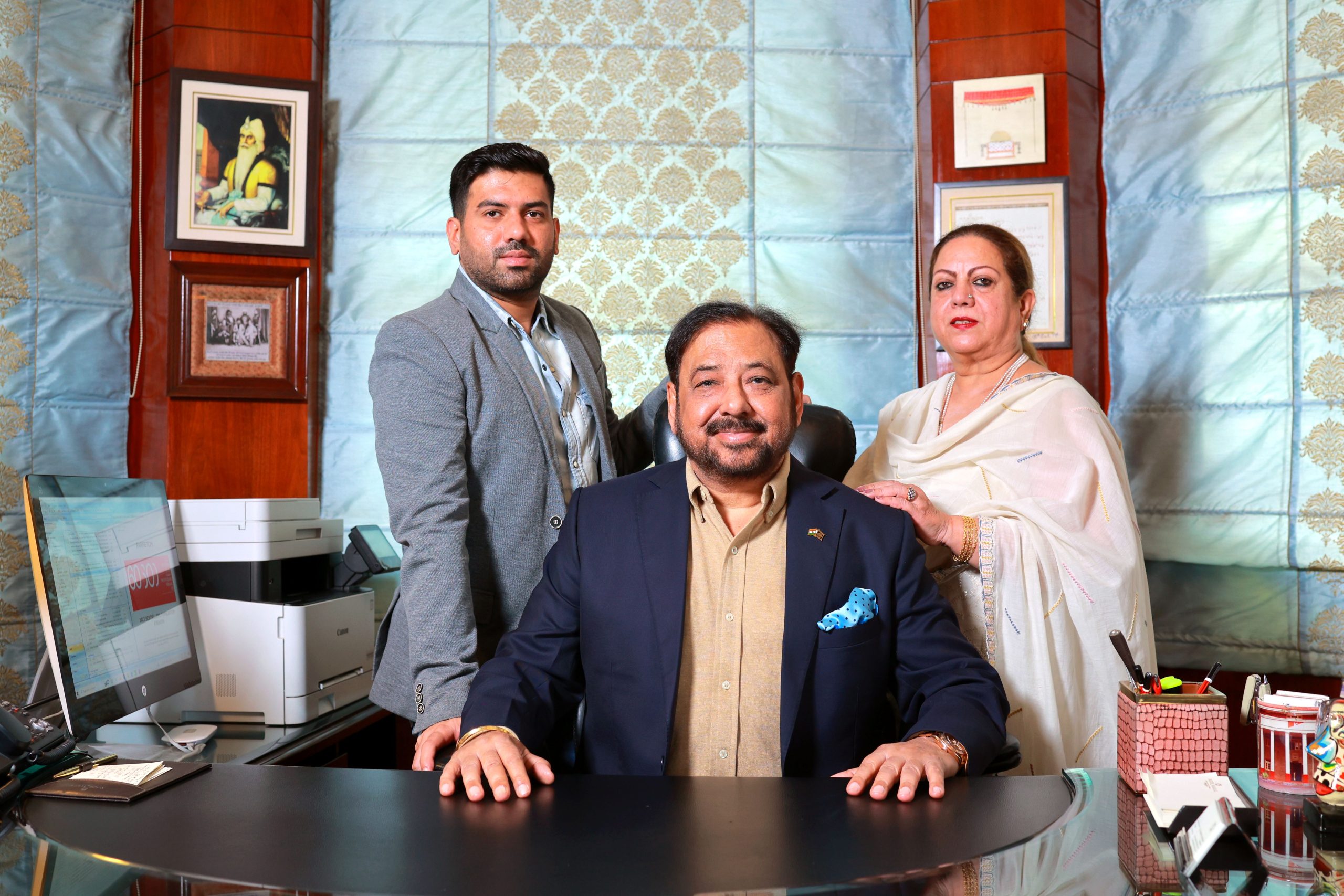 (L-R) Roop Partap Choudhary, Col. Manbeer Choudhary and Binny Choudhary[/caption]
(L-R) Roop Partap Choudhary, Col. Manbeer Choudhary and Binny Choudhary[/caption]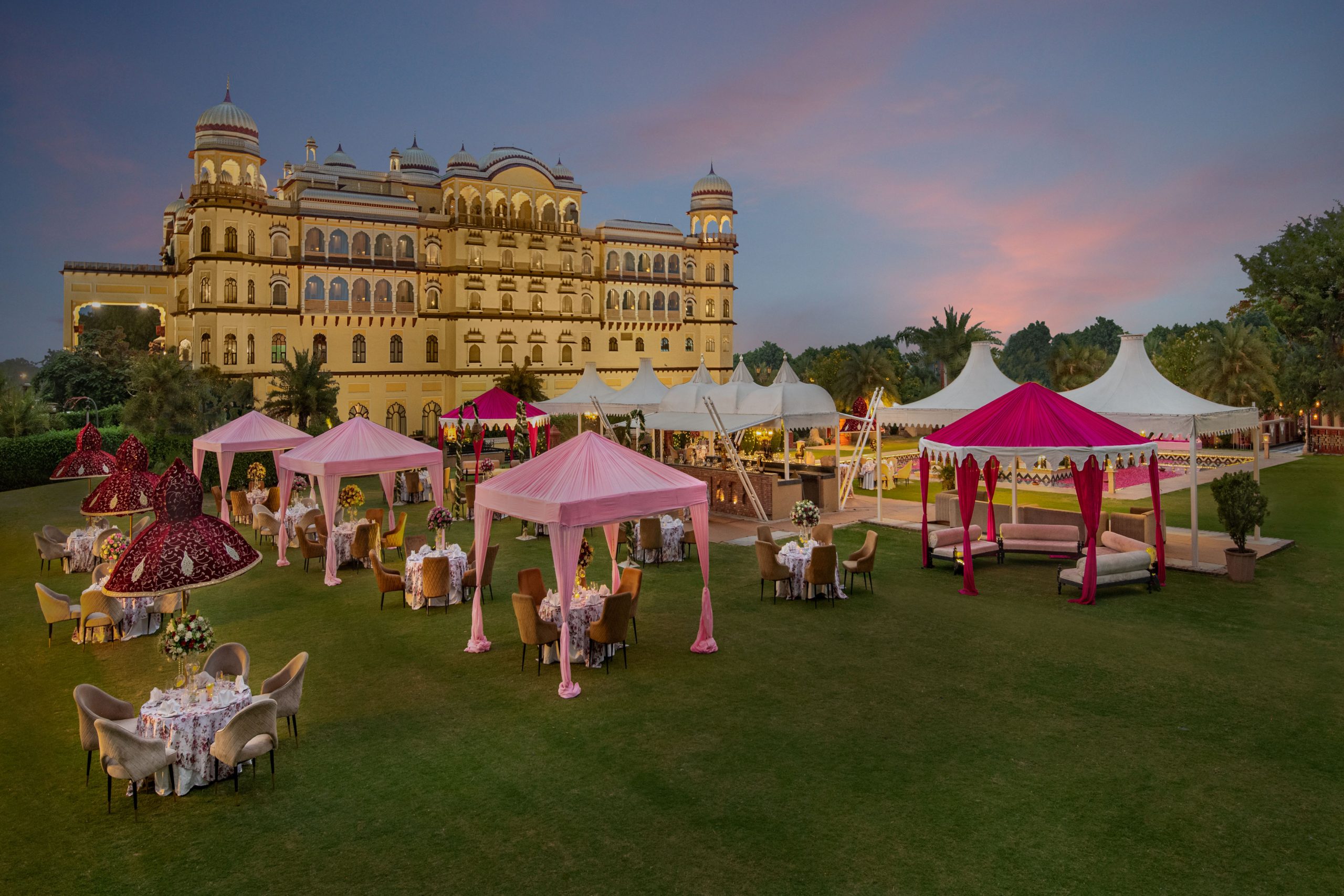 Noormahal Palace, Karnal[/caption]
Noormahal Palace, Karnal[/caption] Colonel Saab, London[/caption]
Colonel Saab, London[/caption]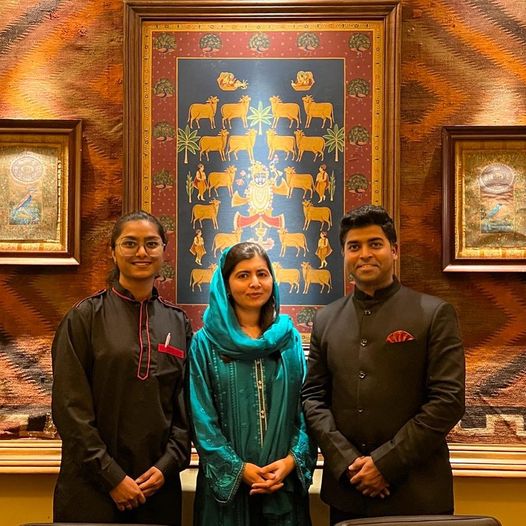 Nobel Peace Prize laureate, Malala Yousafzai at Colonel Saab, UK[/caption]
Nobel Peace Prize laureate, Malala Yousafzai at Colonel Saab, UK[/caption]
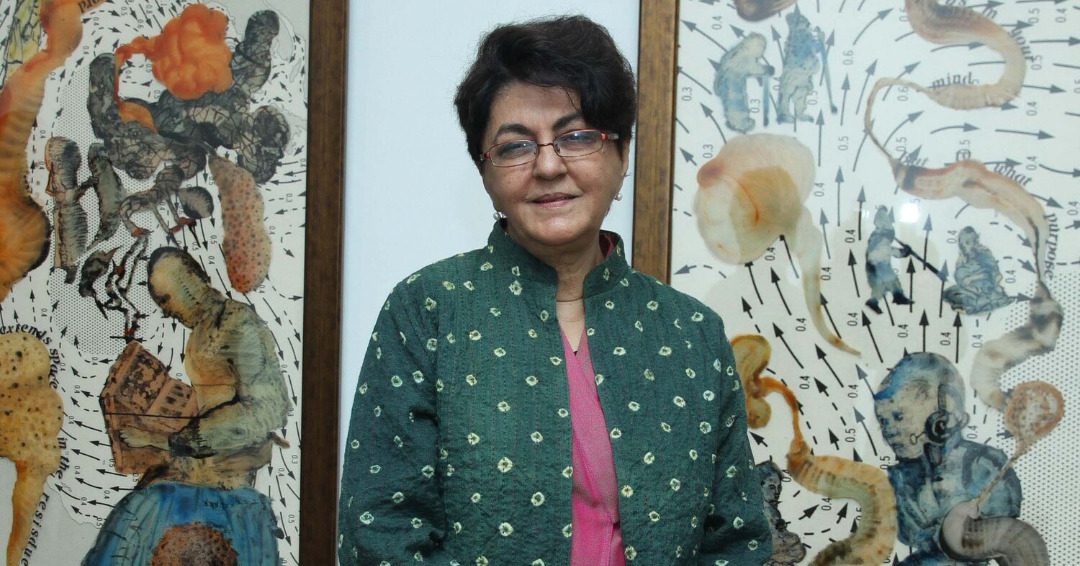 Nalini Malani[/caption]
Nalini Malani[/caption]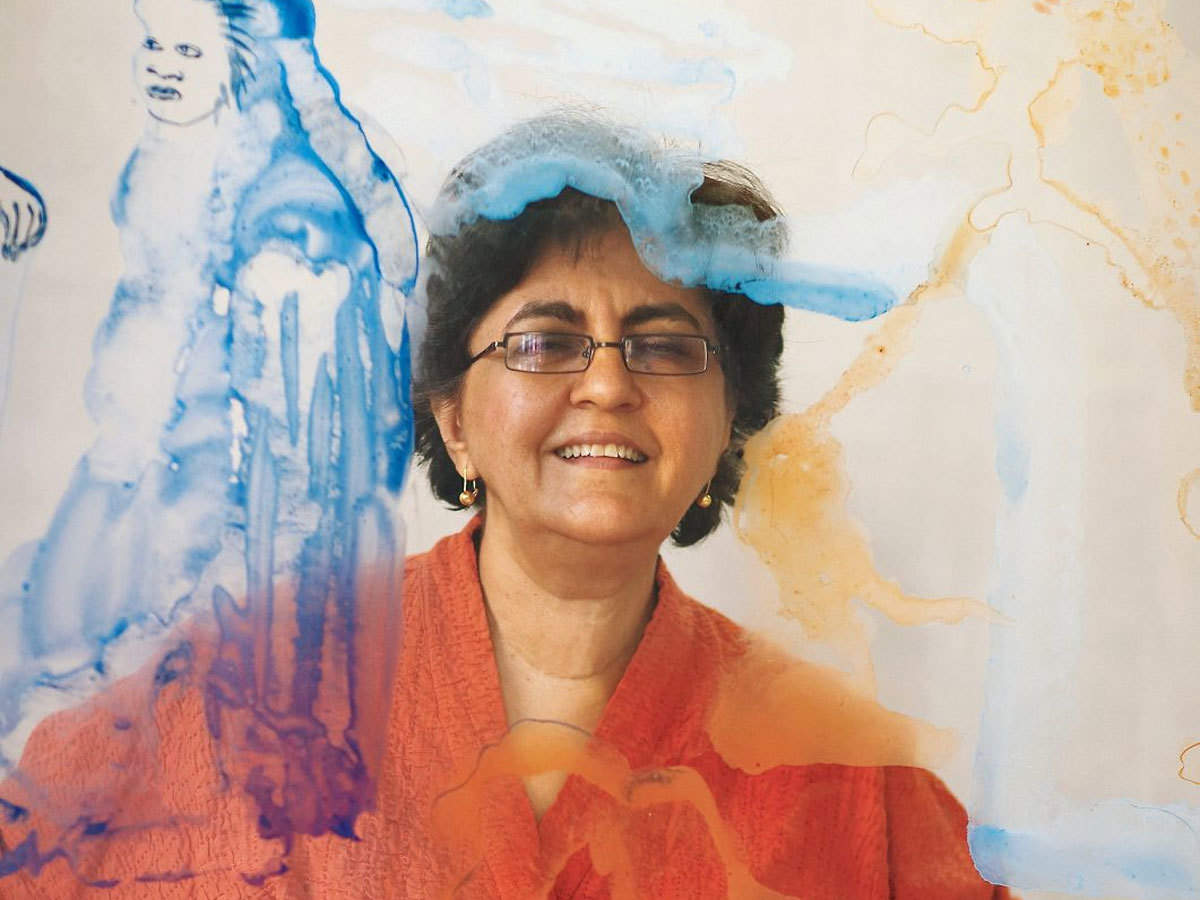

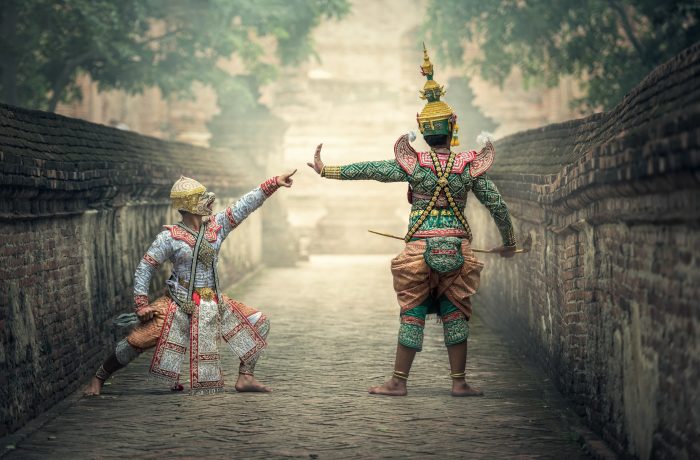 Thailand's artists depicting the story of Ramayana[/caption]
Thailand's artists depicting the story of Ramayana[/caption]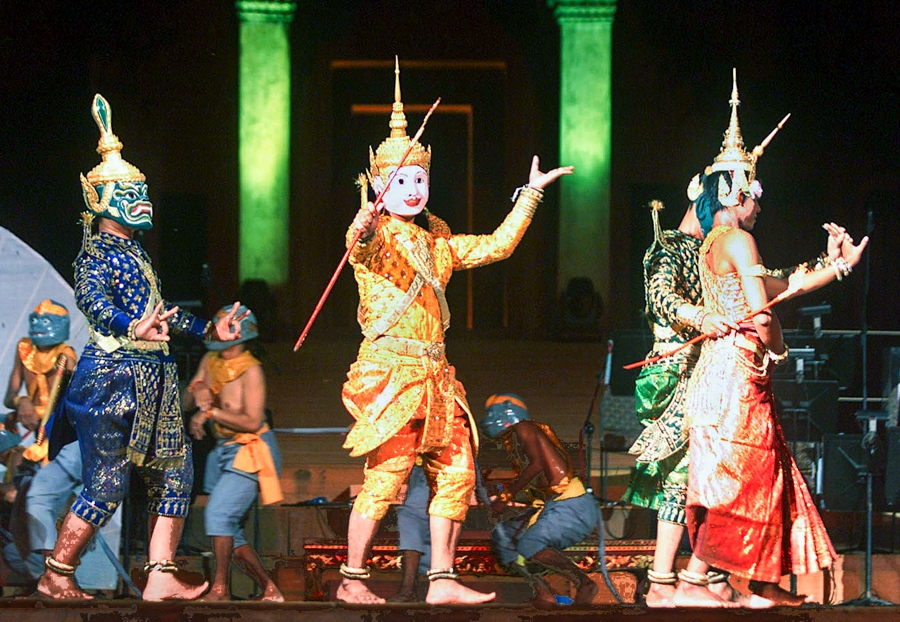 Artists of Cambodia depicting the story of Ramayana on stage[/caption]
Artists of Cambodia depicting the story of Ramayana on stage[/caption] Malaysia's artists depicting the story on stage[/caption]
Malaysia's artists depicting the story on stage[/caption] Phillipines' artists depicting the story of Ramayana on stage[/caption]
Phillipines' artists depicting the story of Ramayana on stage[/caption] This is considered to be the remnants of Ravana's Fort in Sri Lanka[/caption]
This is considered to be the remnants of Ravana's Fort in Sri Lanka[/caption]
